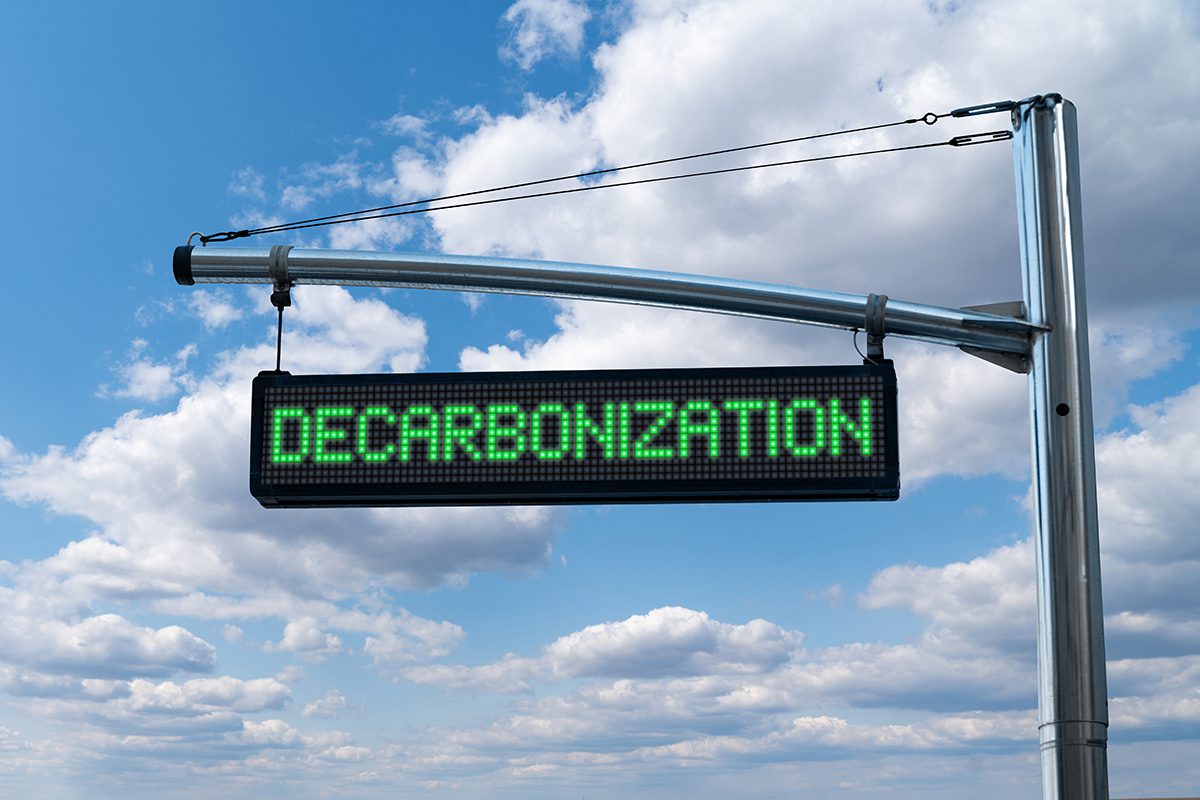On December 7, 2021, the California Air Resources Board (CARB) hosted a virtual public workshop titled, “Potential Future Changes to the LCFS Program.” More than 450 attendees listened in as CARB’s team kicked off the call by celebrating the success of the program to date, citing electric vehicle charging and additional renewable diesel capacity as the primary contributors to LCFS credit generation growth, as well as highlighting 2020 as the inaugural year of third party verification requirements, garnering 95% compliance.
With the goal of achieving carbon neutrality by mid-century, CARB’s presentation was assembled around three guiding principles: harmonization with Federal policy, accelerating the transition to zero-emission vehicles, and streamlining program implementation and enhancing exportability to other states and regions. These guiding principles are supported by CARB’s key ambitions for which they are actively seeking input from the program stakeholders.
The fossil fuels industry could be impacted by CARB’s proposal of limiting, or phasing out, credit generation for petroleum projects; the potential requirement for validation of pre-project baseline data for petroleum projects; and the proposal of including intrastate jet fuel as a regulated, deficit generating fuel, holding fossil jet producers and suppliers accountable for the related carbon emissions.
For the electrification stakeholders, CARB has proposed to define new fuel economy values for gasoline and diesel substitutes, or energy economy ratios (EERs), for emerging zero emission fuel-vehicle combinations; and possible implementation of third-party verification for additional fuel reporting entities, incorporating non-residential electricity pathways which would include electric transportation refrigeration units and electric forklifts.
Hydrogen proponents could get a boost from CARB’s proposal of expanding HRI provisions to support hydrogen refueling infrastructure for medium-and-heavy duty vehicles; possible preferential allocation of low-CI hydrogen to specific fuel pathways for reporting; potential allowance of book & claim for low-CI hydrogen injected into the pipelines; and the proposal to allow hydrogen production facilities not co-located within a refinery gate to generate credits under refinery investment provisions.
Additionally, CARB has suggested removing deemed-complete designation fuel pathways; developing a single carbon intensity (CI) benchmark table for gasoline, diesel, and substitutes (beginning 2010+) to be shared by other states and regions; accelerating CI targets pre-2030; and establishing CI targets post-2030.
While the ambitions outlined create a full agenda, some topics received minimal to zero acknowledgement such as, the inclusion of electric ground support equipment, expanding the fast-charging infrastructure pathway requirements to include medium and heavy-duty vehicles, specifying EER classification between medium and heavy-duty (diesel replacement) applications, and revisiting the accounting of renewable natural gas derived from methane from dairy and swine manure to name a few.
CARB announced that all potential LCFS program changes will be aligned with the broader state-wide climate goals defined in the pending Scoping Plan. The Scoping Plan is expected to be finalized late 2022, therefore the soonest any potential LCFS changes will become effective is in 2024. The comment period is underway, with a public feedback deadline of January 7, 2022.
Follow the link to review CARB’s Potential Future Changes to the LCFS Program Workshop presentation.
Contact the GNA LCFS experts for further insights on the possible modifications to the California LCFS program, and for assistance in crafting and submitting concise, substantive feedback for CARB’s consideration.



